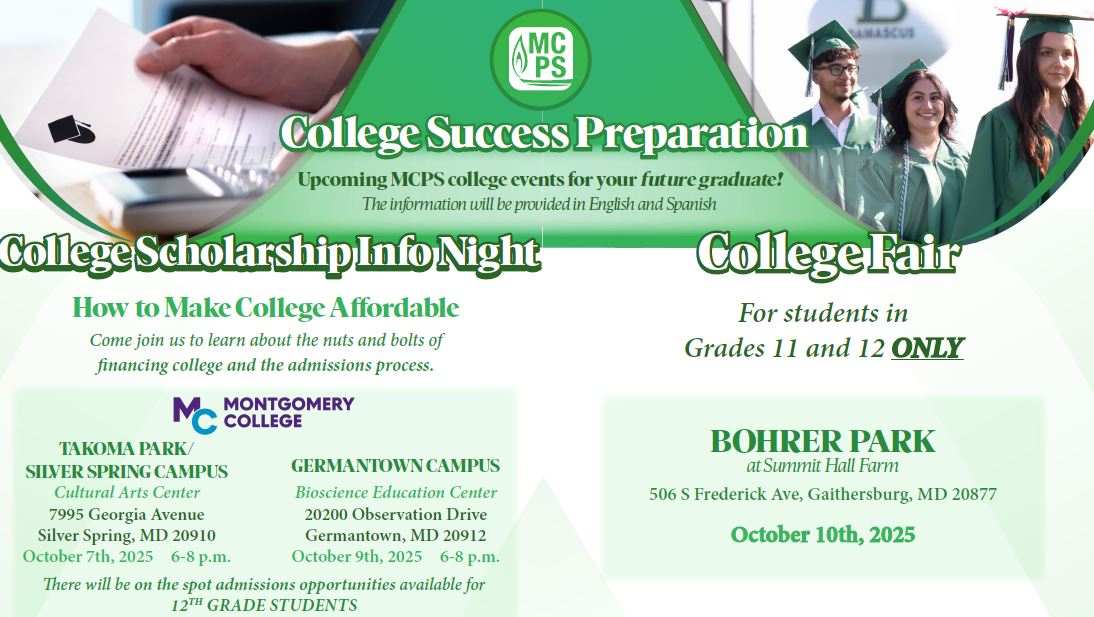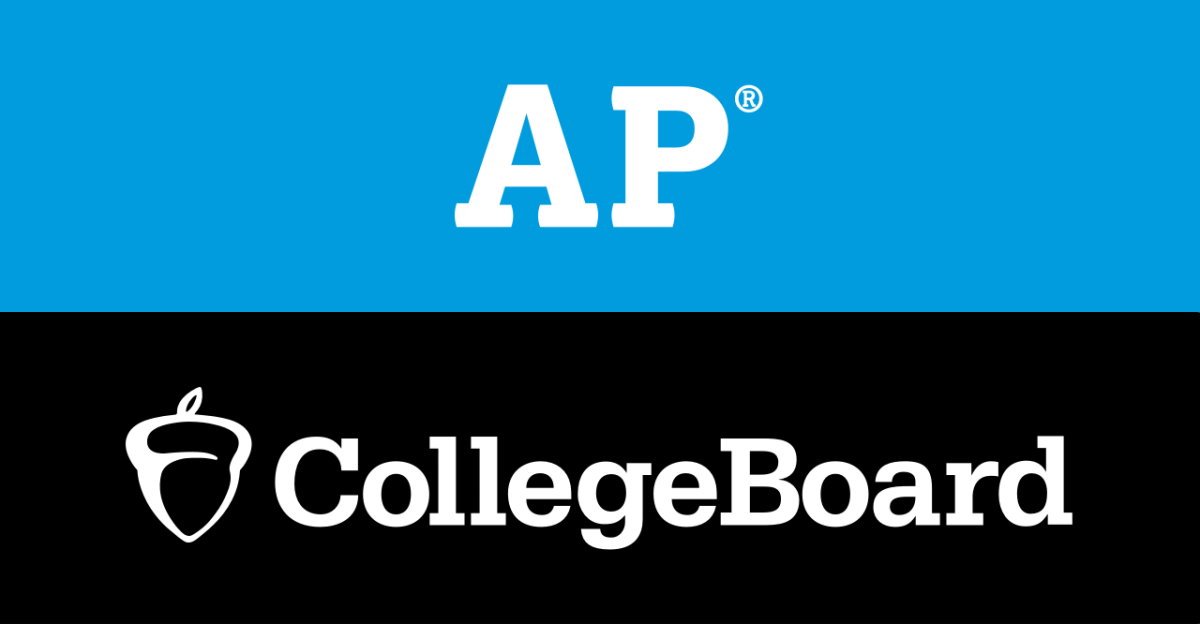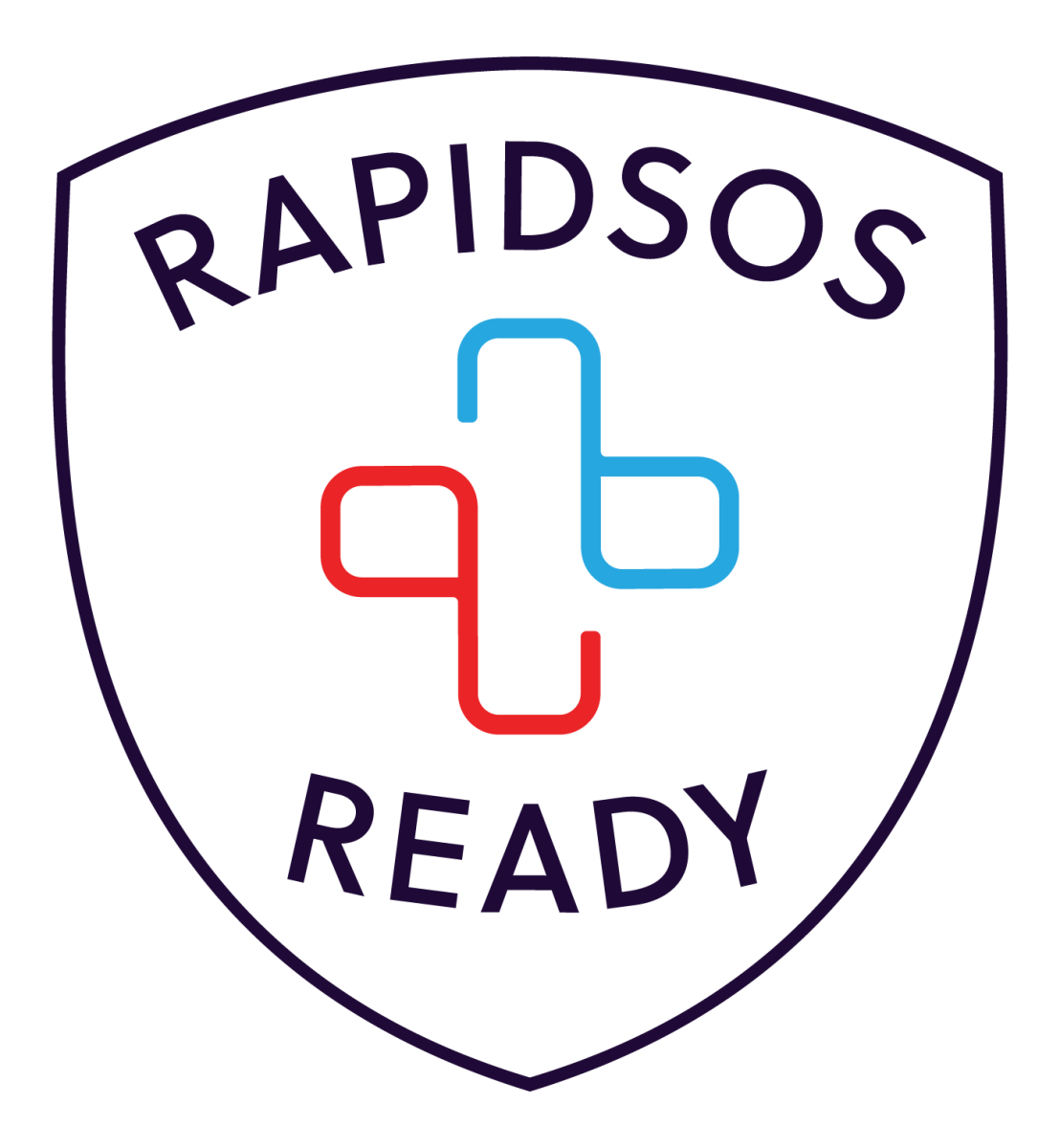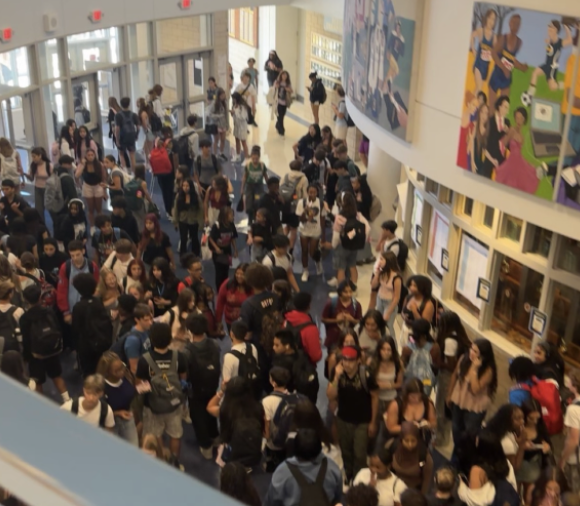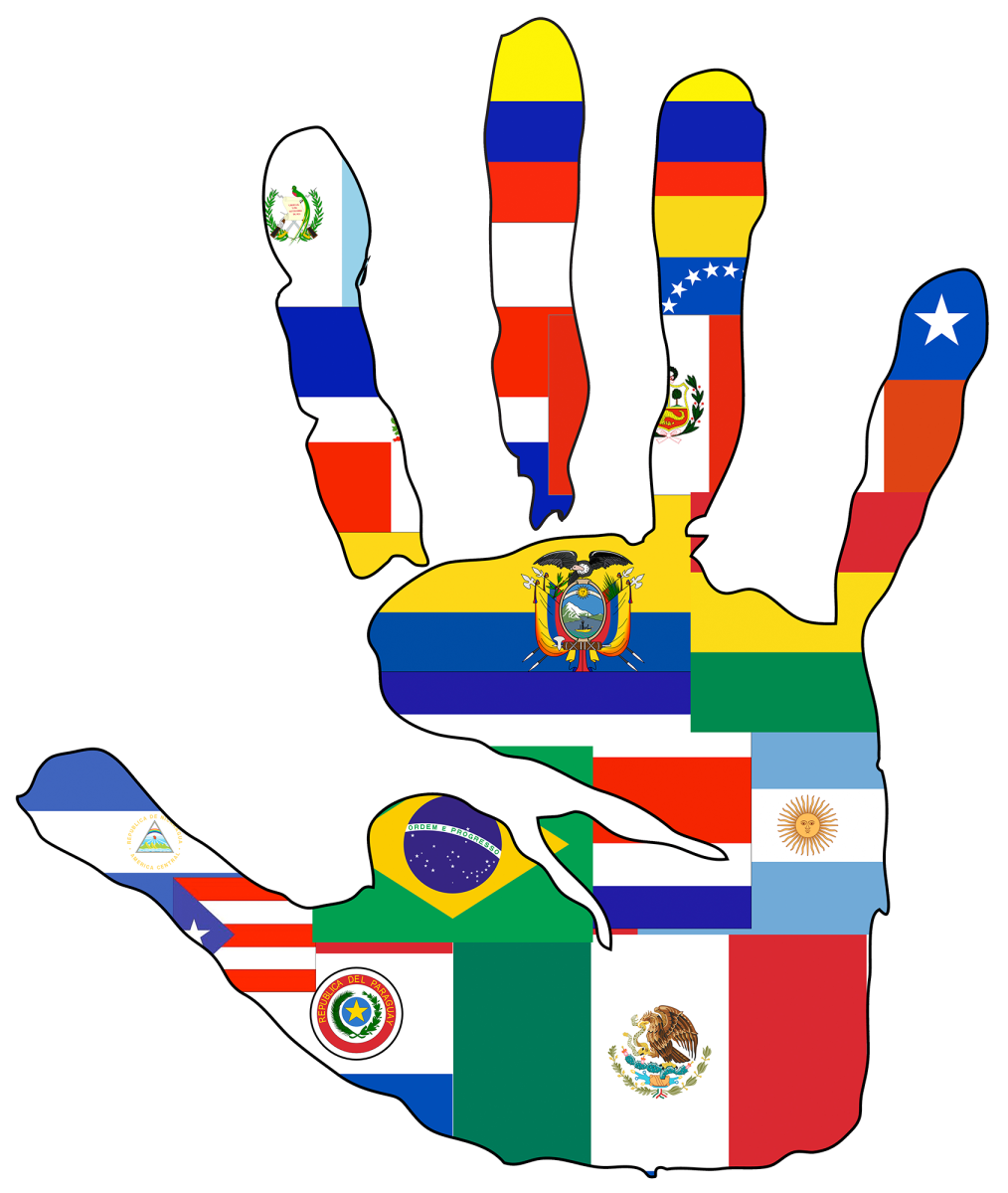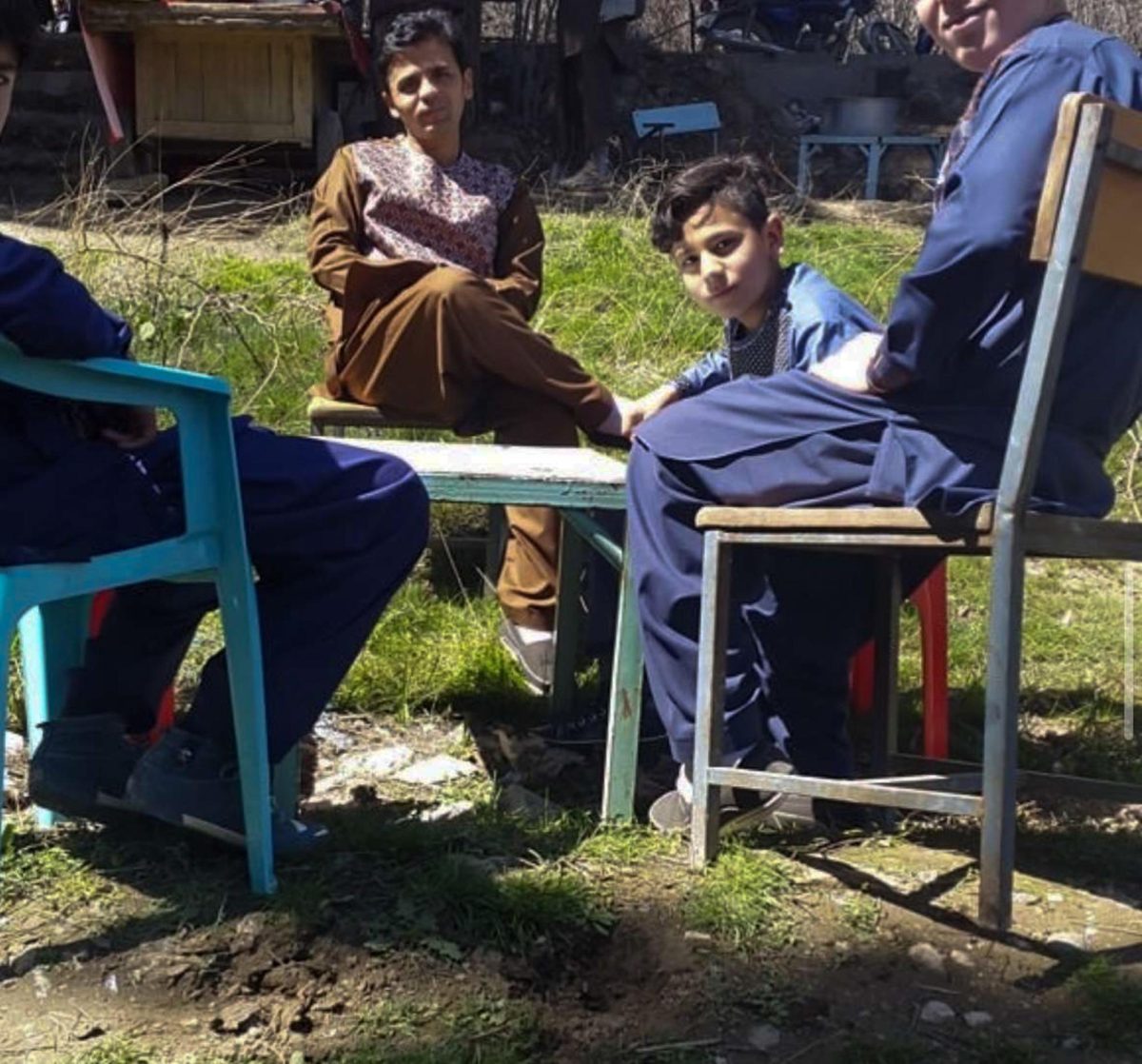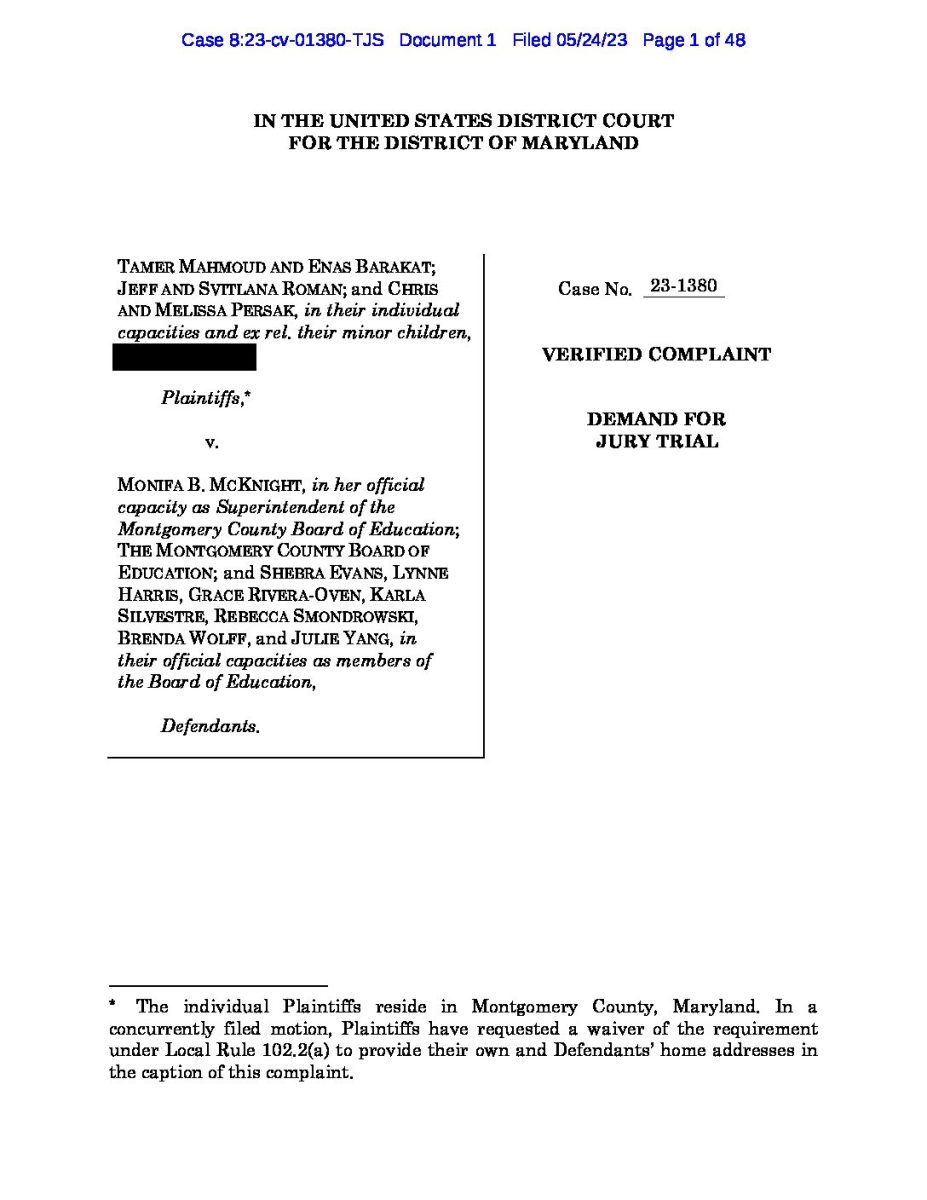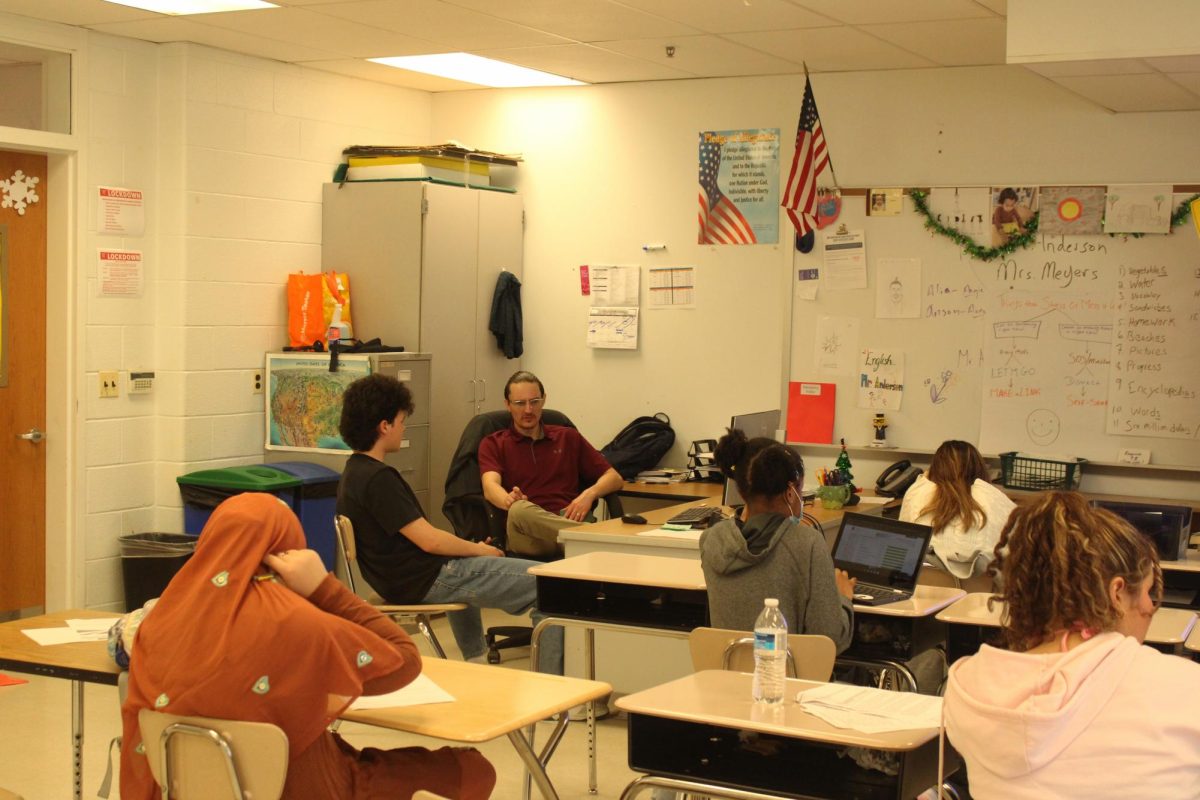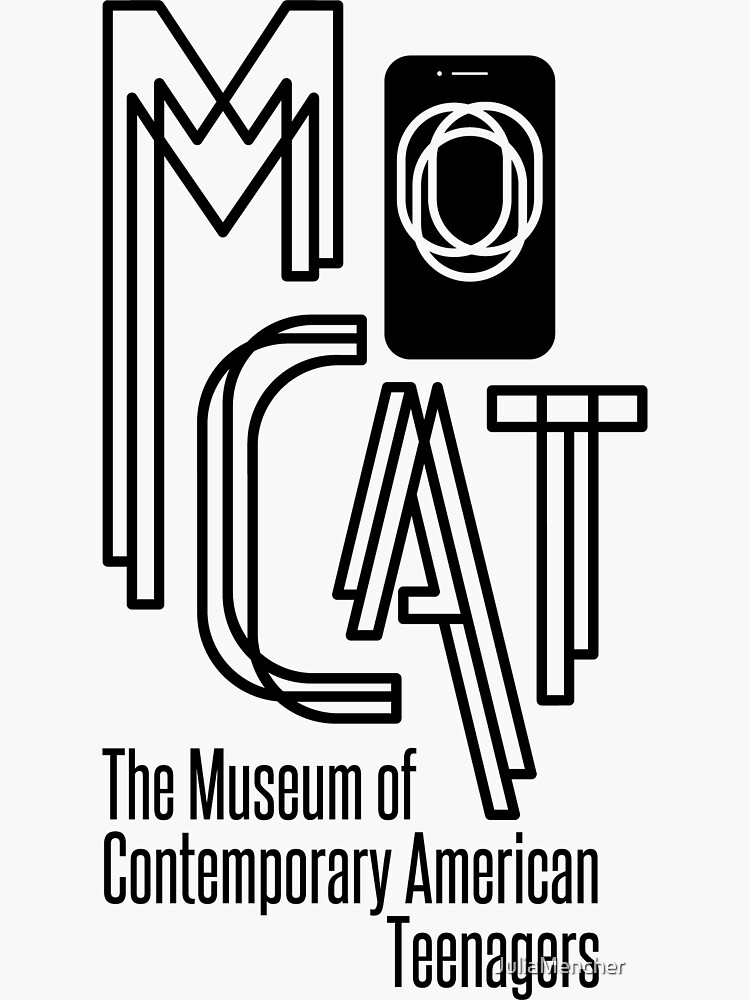Nowhere is diversity more evident than in the classrooms of B-CC, where students from various cultural backgrounds and linguistic abilities come together to learn and grow. With a total student population of 2,289, 18.3% are Hispanic, 15.6% are Black, 6.2% are Asian, and 6.2% are mixed (according to U.S. News). Among these students are those whose first language is not English, embarking on a one of a kind journey as they navigate the traditional challenges of high school, on top of decoding the English language.
One of the most significant challenges faced by non-native English speaking students is the language barrier. Sophomore Lucía Bermúdez said, “It was challenging to learn English at first, but now I am completely fluent.” Just like Bermúdez, students whose first language is not English exhibit remarkable resilience, often seeking additional language support and participating in language acquisition programs to bridge the gap.
B-CC’s most prominent language acquisition program is the English Language Development (ELD) program, formerly known as English for Speakers of Other Languages (ESOL). According to the Resource Teacher and organizer of ELD, Ms. Campbell, the program is designed to foster learning an additional language for emerging multilingual learners.
ELD uses scaffolding as their main strategy for helping students learn English, in which language acquisition trained teachers guide students using a structured plan in order to achieve English proficiency. “The content that is taught is [in] English. So, if there is a reading of a particular text or a particular novel, it’s the scaffolds that are put in place to help students gain access to the language,” Ms. Campbell said. Programs like these are what help students to bridge the gap between their native language and the language that surrounds them at B-CC.
Furthermore, cultural acceptance is another essential aspect that ELD takes into consideration. “Students are able to bring a piece of who they are, and that’s something that is definitely valued – it creates a sense of community,” explains Ms. Campbell. In fact, it is what helps students connect with the B-CC community while holding on to their native language, which holds a major part of their identity. “I’ve always kept my Spanish roots very present in who I am. It always comes up: I either make a joke or start saying random words in Spanish. It’s very prominent in who I am, and I like that,” said Bermúdez. Additionally, Freshman Samuel Aritmendiz said, “My first language is Spanish, and it has helped me in school, because I have been able to make friends who don’t speak English and had a hard time making new friends.”
Contrary to popular belief, being a non-native English speaker has some advantages of its own, which are often overlooked. In fact, the skills acquired through language learning, such as problem-solving, critical thinking, and cultural empathy, often give these students a competitive edge. “It can be seen as, unfortunately, a deficit, but the brain is actually doing triple [or] double the work,” shared Ms. Campbell. In the case of Aritmendiz, he is on his way to learning his third language, French. “I’m on the way to being trilingual, and I basically am,” he shared.
The journey of non-native English speaking students at B-CC is one of resilience and personal growth. Fellow students can take responsibility to create an inclusive and supportive environment that embraces diversity and celebrates the unique contributions of these and all students. “The appreciation of being able to speak multiple languages is an asset, and I think our school could work harder on showcasing that,” said Ms. Campbell.



